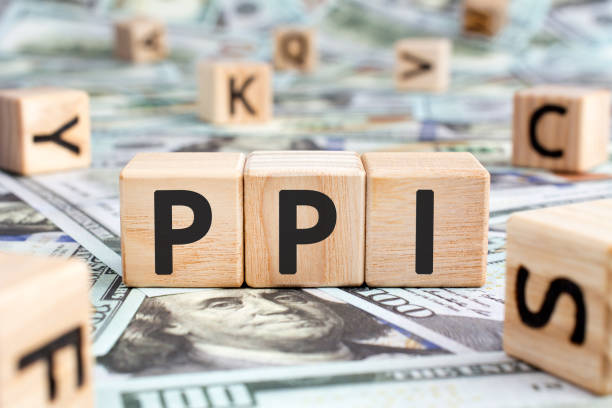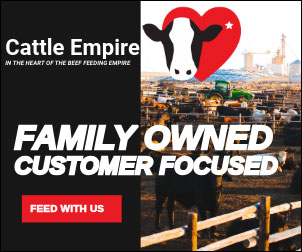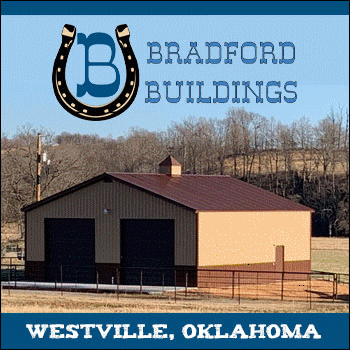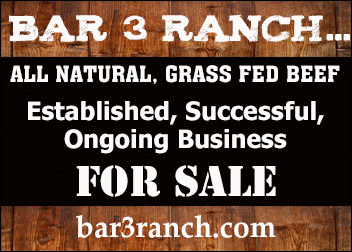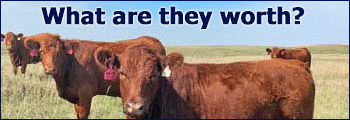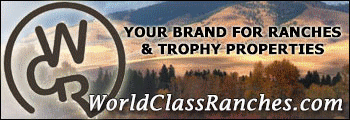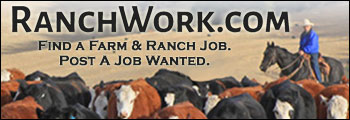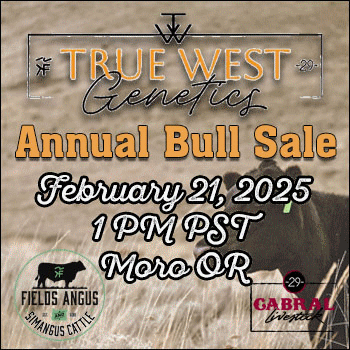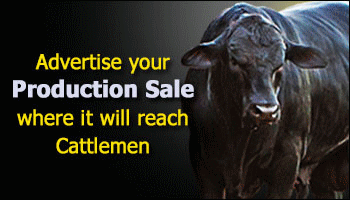The cost of wholesale goods and services — where rising inflation tends to show up first — in July posted the biggest increase in three years, possibly heralding a sizable acceleration in price hikes tied to U.S. tariffs.
The producer-price index jumped 0.9% last month after no change in June, the government said Thursday.
Some, but not all, of the increase occurred in goods directly affected by tariffs. Food was the biggest contributor to higher wholesale prices last month.
The yearly rate of wholesale inflation climbed to 3.3% from 2.3% — a five-month high.
Another gauge known as the core rate that is seen as a more stable measure of wholesale inflation rose 0.6% in July. That was the biggest increase in three and a half years.
The 12-month increase in the core rate moved up to 2.8% from 2.5%.
The wholesale report doesn’t capture the cost of imports as well as the consumer-price index does, but the CPI also showed a stiffer increase in July.
Is it all enough to discourage the Federal Reserve from cutting interest rates next month? Before the PPI report, Wall Street investors widely expected the central bank to lower borrowing costs despite lingering worries about tariff-related inflation.
Investors were still betting on a rate cut after the PPI report.
Key details: The cost of goods jumped 0.7% last month, led by higher prices for foods such as vegetables as well as for metals. These are products that are heavily imported.
Just as worrisome was an even bigger 1.1% increase in July in the cost of services, the biggest driver of inflation in the past few years. Services costs had moderated through the first half of the year.
Inflation also appeared to rising in the bowels of the economy. The cost of partly finished goods rose 0.8% and prices for raw materials leaped 1.8%.
Wholesale prices reflect the costs companies pay for supplies or for products they intend to sell directly to consumers. When these prices change, it usually influences the rate of inflation.
The PPI is notoriously volatile, however, and Fed officials will want to wait until the next report in September to discern whether inflation is clearly on the upswing.
Big picture: Inflation has risen since the Trump White House imposed the highest U.S. tariffs in decades, but it has not gone up by as much as many economists predicted earlier in the year.
The emerging consensus was that any rise in inflation would be short-lived, giving the Fed room to cut rates given a slowdown in the economy and an eroding labor market.
The danger of higher inflation hasn’t disappeared, however, as the PPI report showed. The Fed is walking a tightrope.
Looking ahead: The spike in wholesale prices “shows inflation is coursing through the economy, even if it hasn’t been felt by consumers yet,” said Chris Zaccarelli, chief investment officer at Northlight Asset Management. “[T]his is a most unwelcome surprise … and is likely to unwind some of the optimism of a ‘guaranteed’ rate cut next month.”
Articles on The Cattle Range are published because of interesting content but don't necessarily reflect the views of The Cattle Range.
